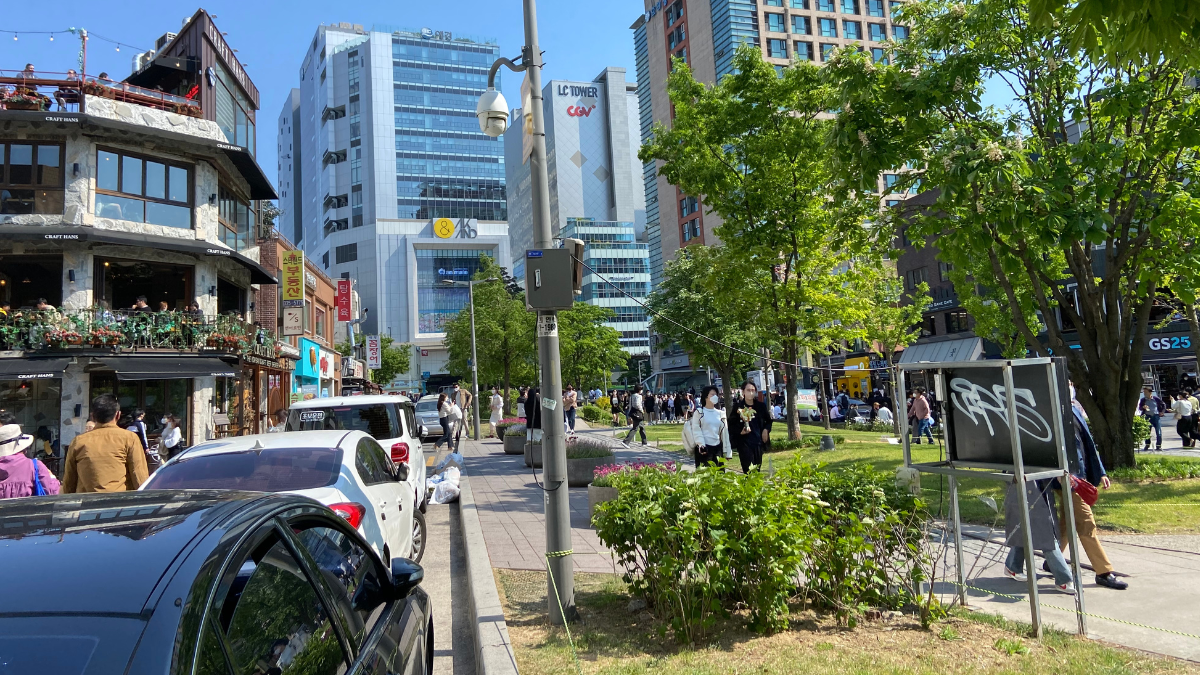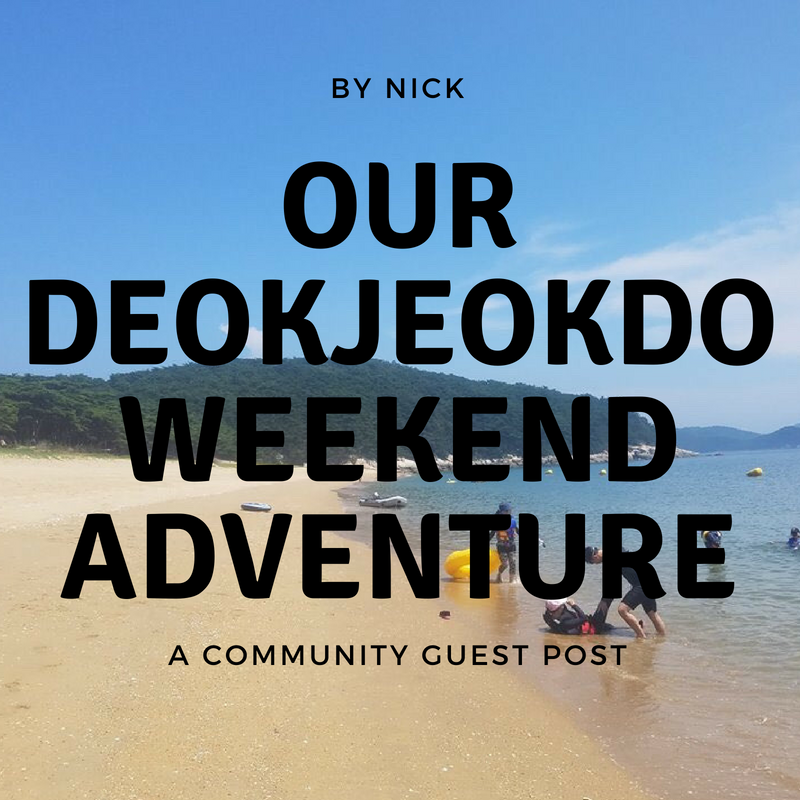
3-Day Goseong Itinerary: Surf, History, and Hidden Villages
Looking for a unique 3-day trip in Korea? Our volunteer Molly has an amazing one for you!
Our Love for Goseong
We’ve always loved Korea’s east coast beaches (sorry, westies). Sokcho and Yangyang are classics, but Goseong is starting to steal the show for me. This was my second trip here, and I think I’m officially hooked. Between the cozy surf towns, historic stops, and stunning views of Seoraksan, it’s the perfect long-weekend getaway.
Here’s our 3-day Goseong itinerary with surf, history, food, and a few hidden gems.

Day 1 : DMZ History
Start your trip off with something totally unique to the Goseong area: a visit to the DMZ Museum.
Pro tip: Don’t head straight to the museum like we did. First, stop at the DMZ Observatory (7 km before the museum) to buy your ticket and fill out a short form. With ticket in hand, you’ll drive through a checkpoint where soldiers will confirm your phone number before waving you into the DMZ zone.

Once inside, you’ll have up to 4 hours to explore lookout points and the museum itself. Expect incredible artwork alongside sobering exhibits on history and division.

DMZ Museum
Hangul Address:
369 Tongiljeonmangdae-ro Hyeonnae
Description:
This museum has exhibits about North and South Korea demilitarization zones and history of the war. Not far, is the observatory where you can see North Korea.
Where We Stayed
After a heavy morning, lighten the mood by checking into a cozy villa. We went bougie this time and stayed at Lahene Poolvilla, right on Gonghyeonjin Beach. Usually we’re more budget pension types, but the splurge was worth it. The pool was small, but overlooked the ocean, and the beach was perfect for splashing or SUP. Many restaurants were within walking distance as well. If a villa isn’t your style, there are tons of other pensions and hotels in the area.
Lahene Poolvillah H – NAVER Map

Day 2: Surf, Gelato, and Sunset Walks
No trip to Goseong is complete without a surf day at Songjiho Beach. The cove keeps waves manageable, making it an awesome spot for beginners or for brushing up on technique. The rocky tide pools nearby are perfect for snorkeling or hunting sea critters between sessions.

For lessons and rentals, we recommend Surfground. Their group lessons (₩50,000) include a board, wetsuit, 2-hour lesson, and 2 extra hours of surf time. Lessons are mostly in Korean, but they sprinkle in English we had no trouble keeping up. Bonus: Surfground serves black sesame gelato which is basically a surfer’s dream fuel.

If you’re hungry afterward, Surf61 is just up the road with solid pizza and beer.

Cap off the day with a stroll around Songjiho Lake. The observation tower café offers coffee, snacks, and sweeping views of Seoraksan in the distance.
Day 3: Villages, Valleys, and the Road Home
Before you head back, stop at Wanggok Village, a single-clan settlement dating back to the Joseon dynasty. Unlike some touristy hanok villages, this one feels especially authentic and timeless.
Wanggok Village Folk Experience Center – NAVER Map

From there, drive into the mountains behind Seoraksan and cool off at Achimgari Gyegok Valley. It’s a designated swimming spot, but on a Monday we had the whole place to ourselves. Just us, the river, and some flat rocks for skipping.
Achimgari Gyegok Valley – NAVER Map

Finally, fuel up for the drive home with sandwiches and coffee at Cafe Girin. They do a mean black sesame latte for fellow addicts.
Why Goseong Should Be Your Next Beach Trip
Goseong is a little quieter than Sokcho or Yangyang but still has everything you need: surf, cafes, history, and plenty of hidden corners to explore. There’s free parking, friendly locals, and views of both sea and mountains. It’s the perfect mix of adventure and relaxation, making it an easy favorite for a long weekend escape.

Journalist Molly Hayden has worked in the journalism field in Germany and the United States. In 2021 she relocated to South Korea.
As a volunteer Cultural Liason and Content Creator, Ms. Hayden reports on a variety of life & style topics with a focus on families living in rural South Korea.






